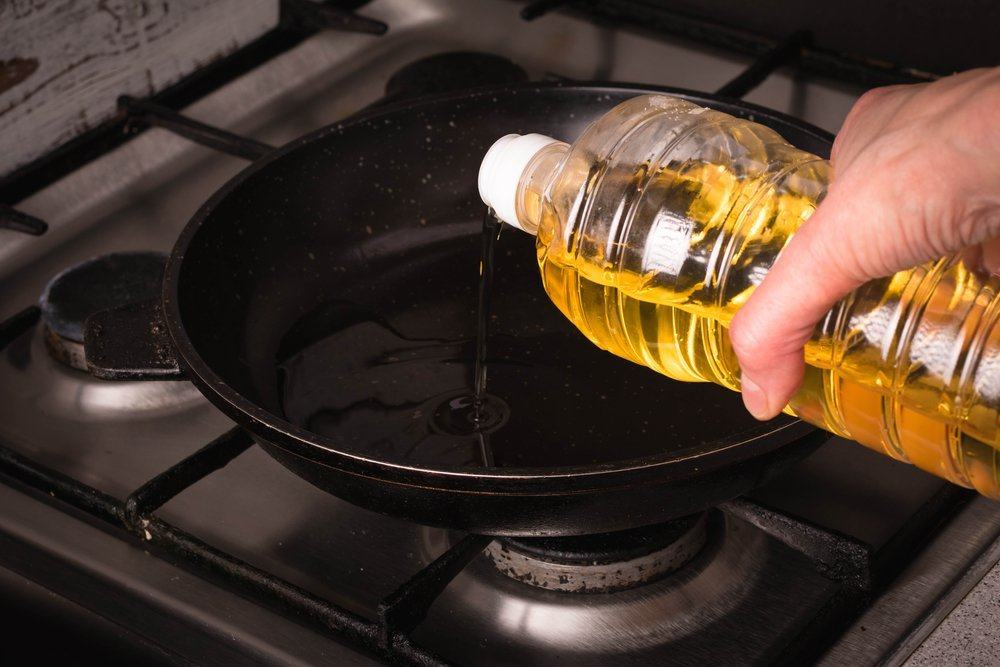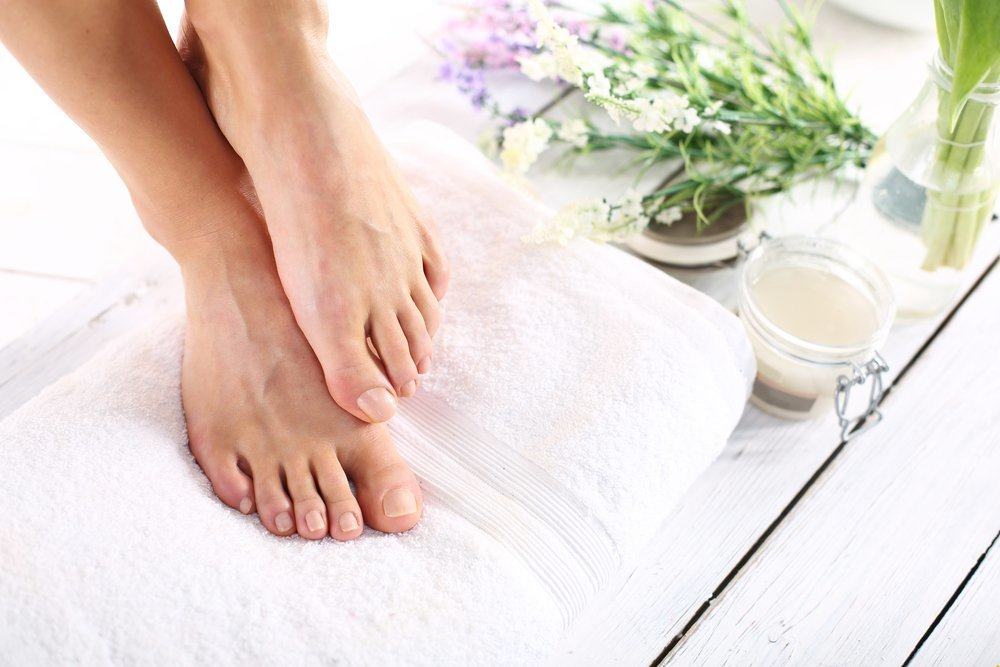Contents:
- Medical Video: Nine causes of white particles in urine
- Various conditions that cause white deposits in the urine
- 1. Fertile period
- 2. Pregnant
- 3. Urinary tract infection (UTI)
- 4. Bacterial vaginosis
- 5. Prostatitis
- 6. Vaginal yeast infections
- 7. Sexually transmitted diseases
- 8. Retrograde ejaculation
- 9. Kidney Stone
Medical Video: Nine causes of white particles in urine
Urine is formed from waste substances and fluids that are not needed by the body. In healthy conditions, the urine released will be bright yellow and clean from any spots. But if you suddenly see white sediment in the urine, you should immediately consult a doctor. Because, this can be a sign of certain health conditions. What conditions cause white sediment in the urine? Consider the following review.
Various conditions that cause white deposits in the urine
The appearance of white deposits in urine can occur in women and men. In women, this condition can normally occur due to the effects of the reproductive system. Even so, white deposits in urine could be a sign of an illness, as well as men.
Most diseases have almost the same symptoms, so a diagnosis from a doctor is needed to get the right treatment. The following conditions that cause white deposits in the urine.
1. Fertile period
White deposits in urine usually come from mucus produced by the uterus. This condition naturally occurs in women who are in fertile period (ovulation). During the fertile period, the egg is released from the ovary to the fallopian tube to be fertilized by sperm and the uterus produces more mucus.
This sediment from vaginal discharge has a thick texture and color like milk or can resemble white fibers if removed with urine. Even though it is normal, if the mucus causes a foul odor, it turns green or has blood, immediately check the doctor.
2. Pregnant
During pregnancy there are various hormonal changes that occur right through the body, one of which is vaginal discharge. This condition occurs when the fertile period arrives, the difference is more vaginal discharge.
The increased amount of mucus will definitely be carried out along with urine. Especially when pregnant, the urge to urinate becomes more frequent so the possibility of finding white spots in the urine also becomes more frequent.
However, notice if the mucus changes color to pink or darker, especially with itching and burning. Maybe you have had an infection and must get a diagnosis and treatment from a doctor.
3. Urinary tract infection (UTI)
Common diseases that cause white spots in urine are urinary tract infections. Usually this disease is caused by bacteria that enter the urethra, spread to the bladder, or kidney.
These bacteria multiply and cause infection. In addition to bacteria, UTI can also be caused by fungi, parasites, or viruses, but rarely happens.
UTIs are more susceptible to women because of the distance between the vagina, the entry of bacteria, and the urethra and other organs closer. However, men also remain at risk of developing this disease.
In addition to the presence of white spots in the urine, other UTI symptoms that include the pain in the pelvis, often the urge to urinate accompanied by pain and burning pain, urine changes color and foul-smelling.
4. Bacterial vaginosis
Bacterial vaginosis (vaginal bacterial infection) results from an imbalance of natural bacteria in the vagina which eventually causes inflammation. Sometimes this condition does not cause any symptoms.
However, some women feel itching in the vagina, burning sensation when urinating and appearing grayish white liquid mixed with urine. This condition can be treated with antibiotics and probiotics to rebalance bacteria in the vagina.
5. Prostatitis
Prostatitis causes inflammation and swelling of the prostate gland caused by bacterial and non-bacterial infections. Inflammation caused by bacteria will usually cause white deposits in the urine.
Apart from the presence of white spots, men with this condition often have difficulty urinating due to pain, there are pulses around the penis or rectum, foul smelling urine, or pain in the scrotum.
The treatment depends on how severe the condition is. For acute bacterial prostatitis, it will require antibiotic therapy for two to four weeks and it is recommended to drink more water.
6. Vaginal yeast infections
Mushrooms Candida albicans mostly found in the vagina and basically harmless. However, if the fungus multiplies more than what is needed it can cause vaginal fungal infections.
You may experience vaginal discharge often mixed with urine. In addition, other symptoms that appear are itching accompanied by swelling in the vagina, pain when urinating or having sex.
Immediately check your condition to the doctor if you experience these symptoms. Doctors will give antifungal drugs, both oral and topical.
7. Sexually transmitted diseases
Chlamydia, gonorrhea, and trichomoniasis are sexually transmitted diseases that are transmitted through sexual intercourse, both anal and oral. People with this condition, have cloudy urine because of the small white particles that carry along.
Symptoms between men and women are slightly different. Usually women will experience vaginal itching and pelvic pain. This disease can be cured with doctor's care and taking antibiotic therapy.
8. Retrograde ejaculation
When ejaculation, the sperm that must come out through the penis goes into the bladder, so that the semen is released little or no. This condition is also called dry orgasm. Men who experience retrograde ejaculation can still orgasm, but their fertility decreases.
The semen that enters the bladder will later come out together with urine. Therefore there will be white deposits in the urine. This condition does not cause health problems directly, but infertility treatment is needed if the couple plans to have children.
9. Kidney Stone
When the calcium oxalate level is too high, there will be a buildup of substances and can harden to form rocks. This condition is called kidney stones. Over time, the stone will move into the bladder and block urine from being released. When urine passes through these rocks, white-colored rock particles will join incarry by urine.
Other symptoms include frequent urination but pain and burning, urine turns cloudy or bleeding, fever accompanied by shivering body, nausea and vomiting, and pain around the abdomen and waist.
Small kidney stones can be treated with nonsteroidal anti-inflammatory drugs, such as ibuprofen. However, if the size of the stone is larger then it requires an operation to lift the stone.











